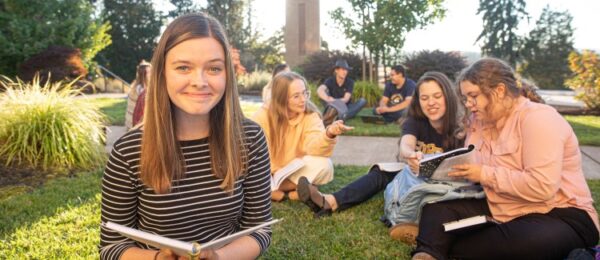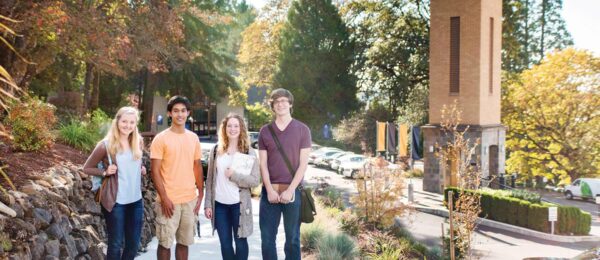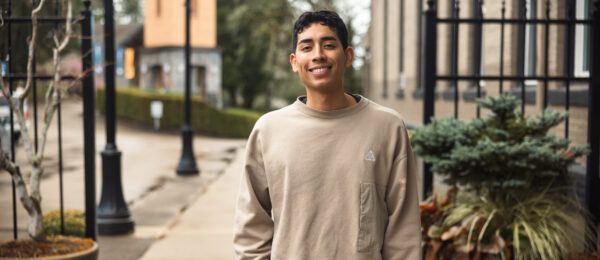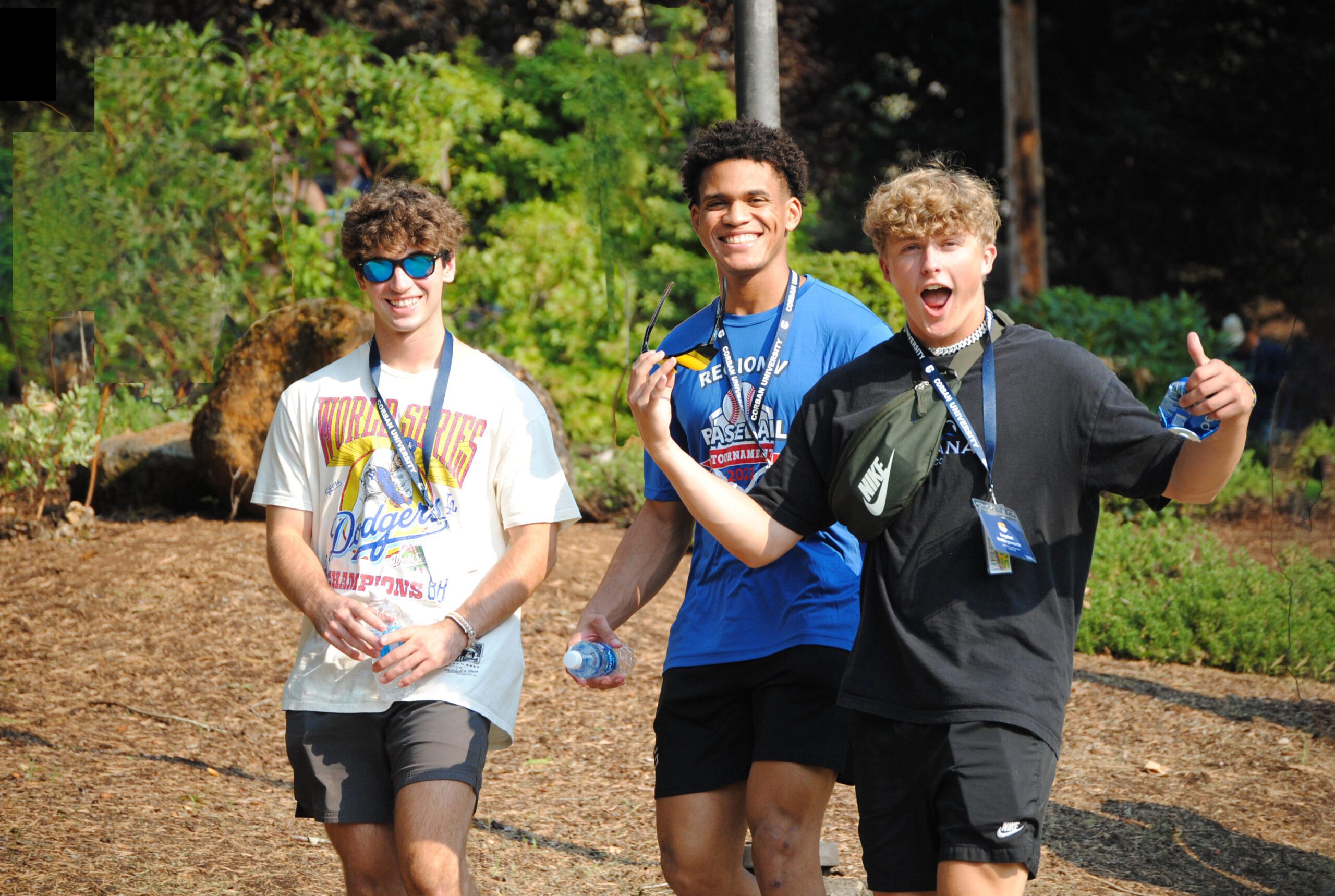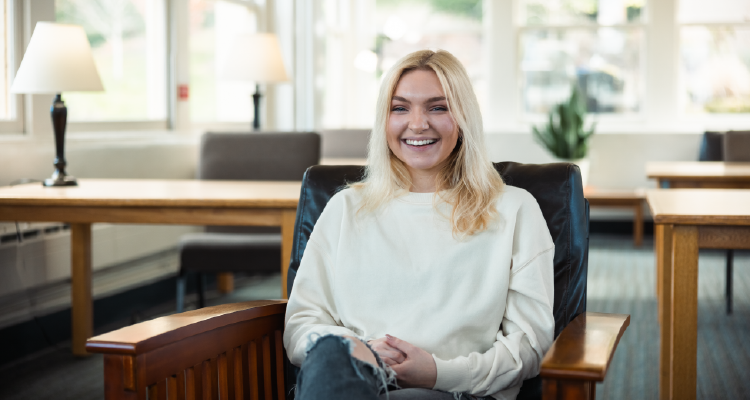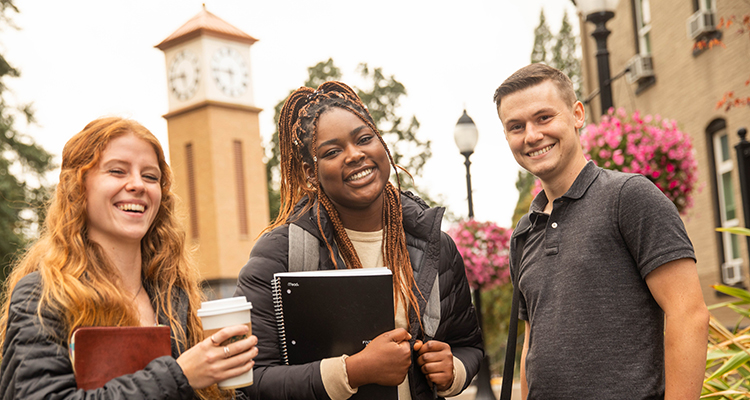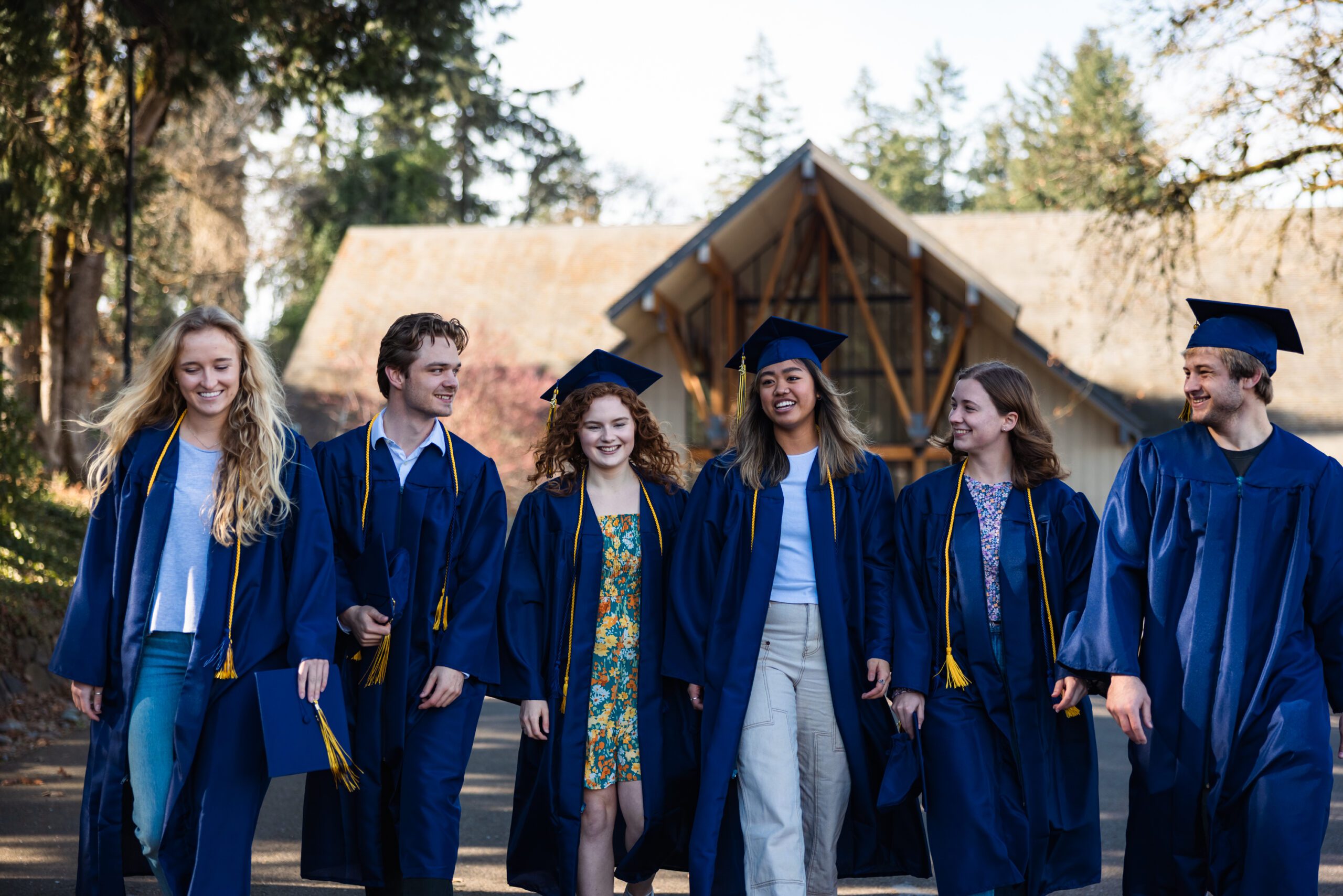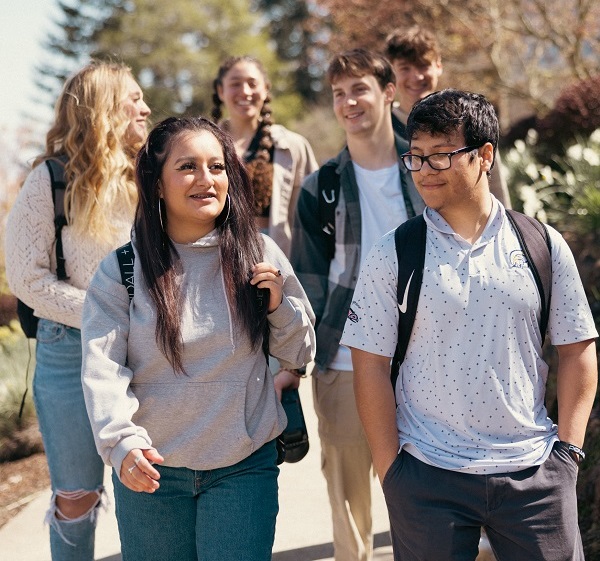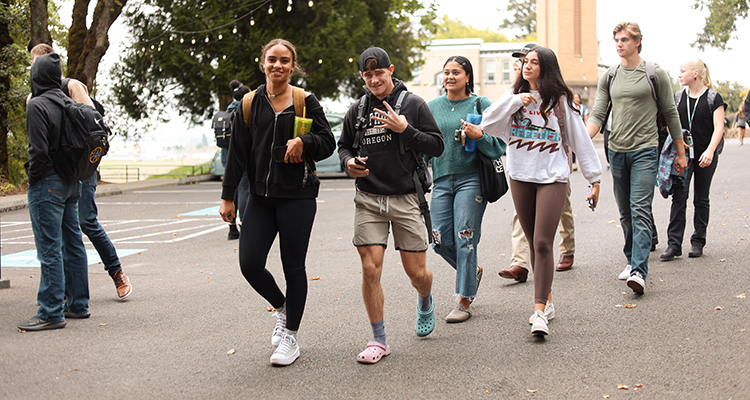Ten Corban Students Present Scientific Research at Nation’s Largest Undergraduate Research Conference
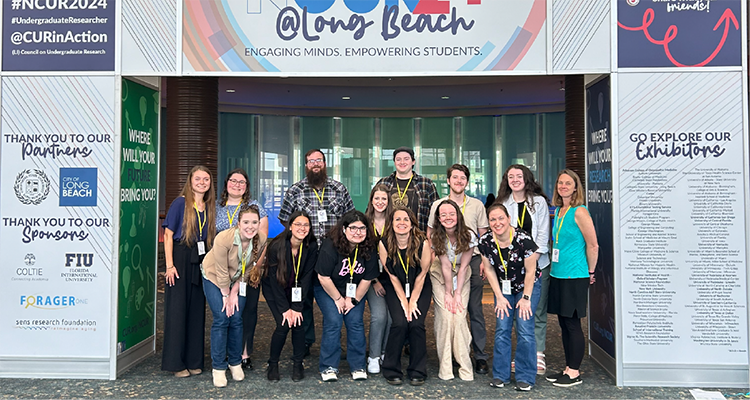
From April 8-10, ten Corban student researchers representing the math and science departments travelled down to Long Beach, California to present research at the annual National Conference on Undergraduate Research (NCUR), the nation’s largest undergraduate research conference for the sciences. Held at California State University — Long beach, the conference welcomed over 4,000 student researchers, making it the largest gathering of undergraduate researchers in the U.S.
Accompanied by four professors from the Department of Math and Sciences, these ten students gave five distinct presentations with topics ranging from examining differential effects of sugar diets on hepatic gene expression in female mice to leveraging encapsulated nanoparticle DNA to advance tracing technology.
“We have research going on in a lot of our different classes as well as outside of the classroom,” says Associate Professor of Biology, Dr. Christina Cooper, who attended the conference alongside her students. “All of our faculty have at least one research project going on, so there are a lot of uncommon opportunities for our students to take advantage of. Ratio wise, we are blessed to have more opportunities than you would get as an undergrad at a larger institution.”
The wide variety of hands-on research opportunities offered to Corban undergraduate students, guided by professors in a lab setting, sets the program apart. “The professors here do everything they can for us to succeed,” says senior, Casey Faulkner. “This has been the best place to learn and be challenged. My professors have found opportunities for me that I never thought were possible.”
Faulkner and her team were able to present their research on the efficacy of the replacement of chemical-based tracers used in modern oil fields with cheaper, more environmentally friendly DNA-based tracers. “They are really bad for the environment and leaving harmful things in the ground,” Faulkner says. “These DNA tracers that we are making aren’t going to be reacting with the environment in the same way and are actually a lot cheaper. It was exciting to present with my friends by my side and professors that helped me all along the way.”
While Faulkner and her team are hopeful to see the expansion of their research and some of these proposed changes eventually being adopted by the oil industry, all of the students present were able to network with research teams and graduate schools, with many students being approached directly after their presentations.
“I feel like a proud parent,” says Cooper. “Our students presented so well, and it was really clear how much these students have grown. They know their research, are preparing excellently and independently, and they delivered their research so well.”
